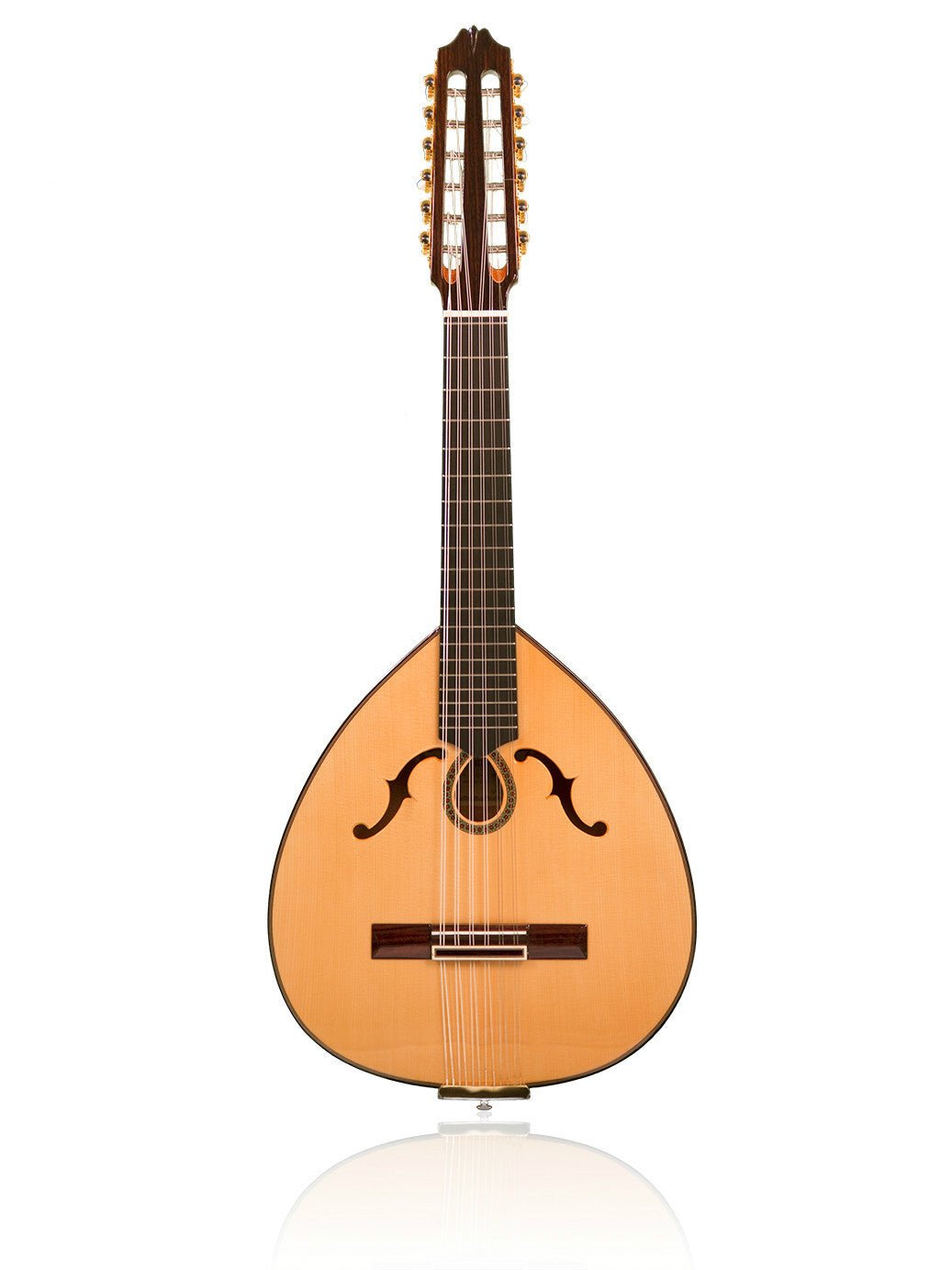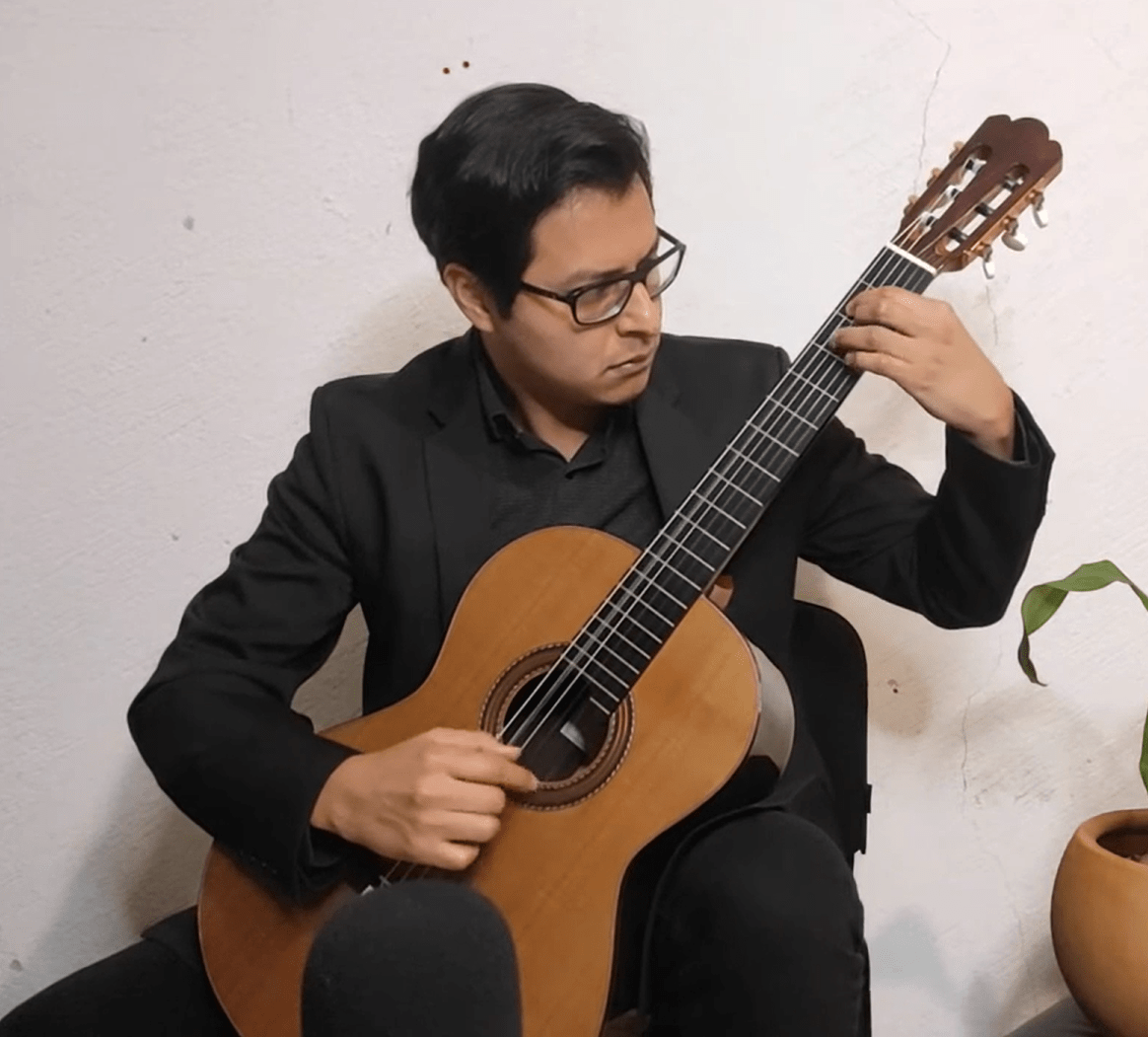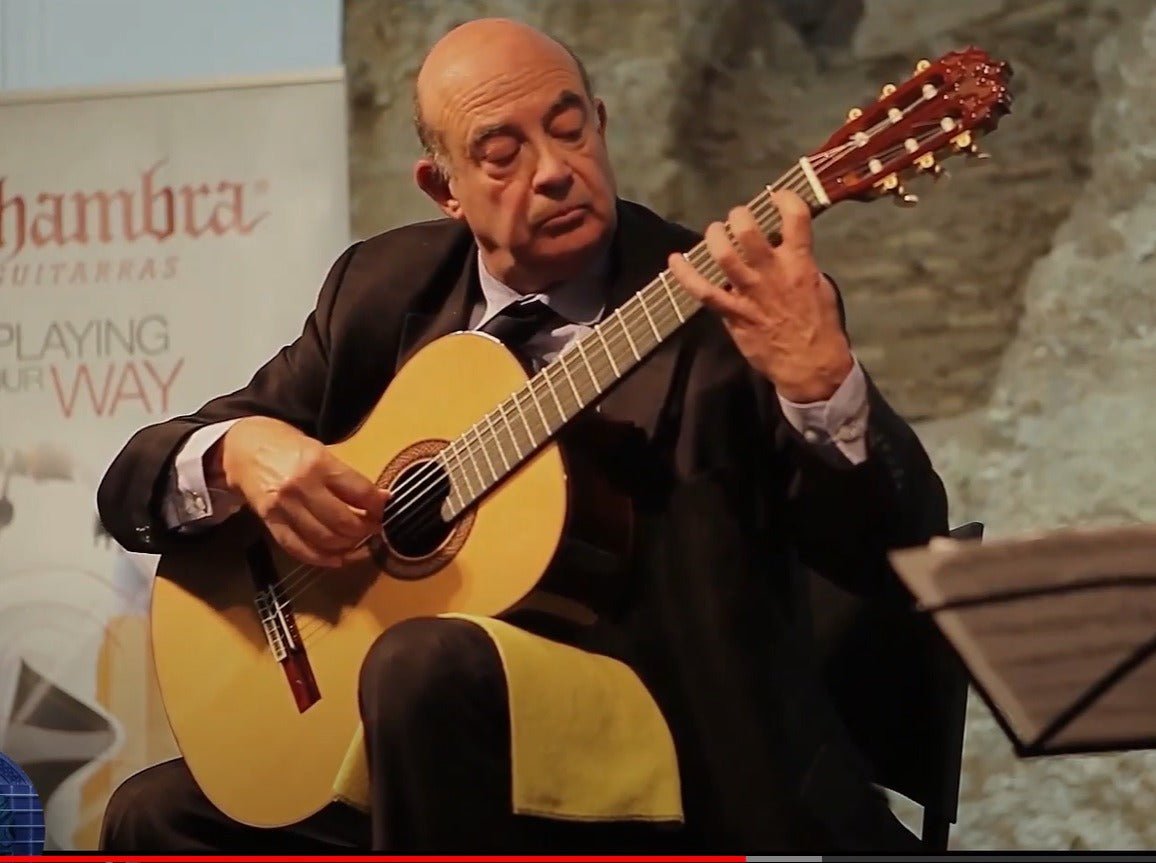
The Spanish guitar and the lute, two string instruments
There are various stringed musical instruments . The Spanish guitar is one of the best-known. Another instrument with a notable history, in addition to the classical guitar, is the lute, whose origins date back to the Middle Ages. It played a major role in music between the 14th and 18th centuries. It was one of the favorite musical instruments of troubadours and minstrels.
One of its peculiarities is that the strings are arranged parallel to the body . The lute was introduced to Spain in the 8th century during the Arab invasions.
From a historical perspective, it's worth noting that the great musical maestro Johann Sebastian Bach composed several pieces for lute performance. Works written for lute in tablature have also survived from the 16th and 17th centuries.
Although the lute had a major musical role during the Renaissance , on the contrary, it lost strength after the Baroque. It was in the 20th century that the lute regained its original strength. Some people who know how to play the guitar decide to learn the lute because of the parallels between the two instruments.
The lute is an instrument that, due to its low sound power, is usually used for accompaniment, as well as for guitar music. The lute was even an object of philosophical reflection by thinkers who observed a parallel between the four strings of this instrument and the principal elements of nature: water, earth, air, and fire.
The musician Abu al-Hassan , known as Ziryab, made a significant modification to the lute by adding a fifth string. Both the guitar and the lute are instruments that require precise tuning to give harmonious sound to the strings before playing a piece of music.












